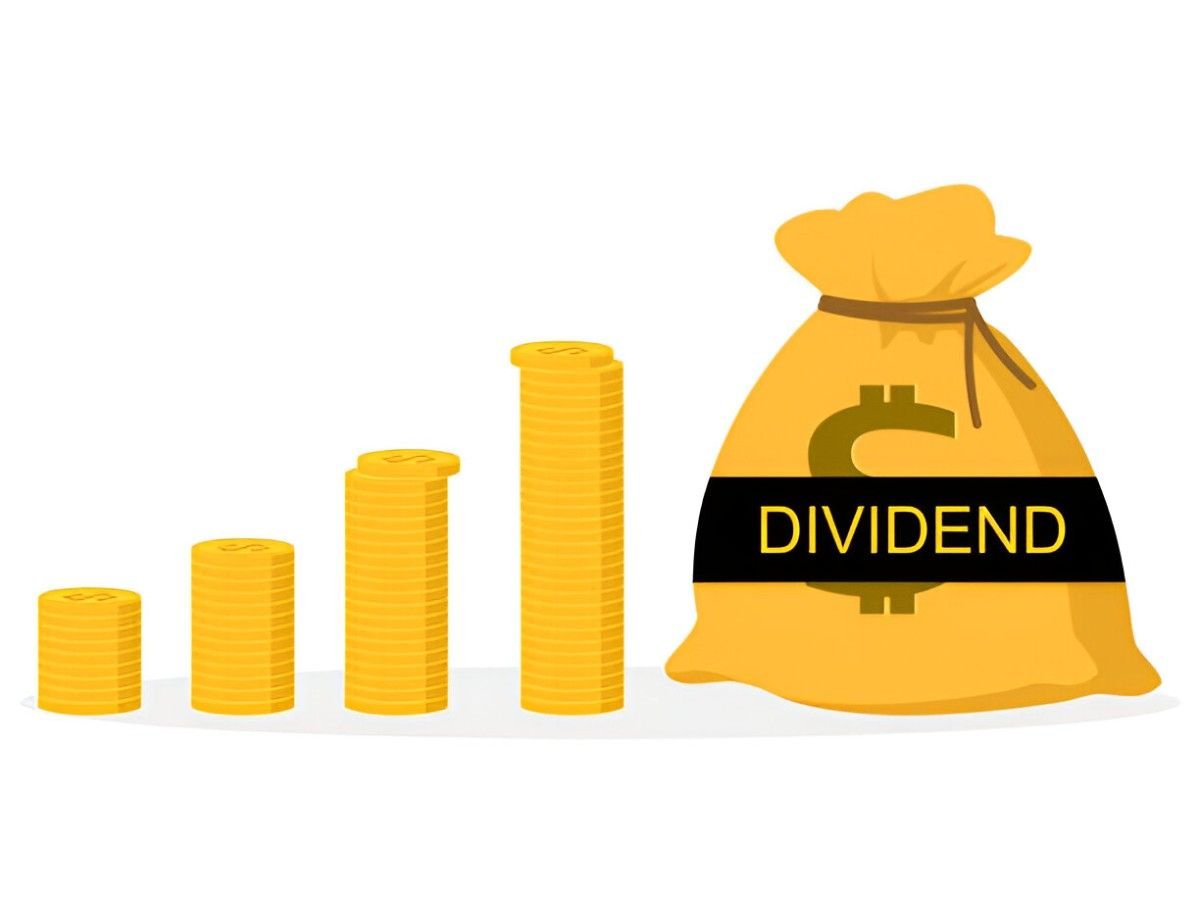Introduction
As a finance professional, I often analyze mutual fund dividend history to understand income generation, fund performance, and investor behavior. Dividends play a crucial role in wealth accumulation, especially for retirees and income-focused investors. In this guide, I will explore mutual fund dividend history, how it works, and what investors should consider before making decisions.
Table of Contents
Understanding Mutual Fund Dividends
Mutual funds distribute dividends from the income generated by their underlying assets, such as stocks, bonds, or other securities. These distributions can come in two forms:
- Ordinary Dividends – Derived from interest, dividends, or short-term capital gains.
- Qualified Dividends – Meet IRS criteria for lower tax rates (usually long-term capital gains).
The dividend yield, a key metric, is calculated as:
\text{Dividend Yield} = \frac{\text{Annual Dividends Per Share}}{\text{Net Asset Value (NAV) Per Share}} \times 100For example, if a fund pays $2 annually per share and its NAV is $50, the yield is:
\frac{2}{50} \times 100 = 4\%Historical Trends in Mutual Fund Dividends
Dividend-paying mutual funds have evolved over decades. Some key trends include:
- Declining Yields in Equity Funds – The S&P 500 dividend yield dropped from around 5% in the 1980s to ~1.5% in recent years due to growth-focused corporate strategies.
- Rise of Bond Fund Dividends – Fixed-income funds became more attractive during low-interest-rate periods.
- Impact of Tax Reforms – The Tax Cuts and Jobs Act (2017) altered dividend taxation, influencing investor preferences.
Comparison of Dividend Yields Over Time
| Fund Type | 1990s Avg. Yield | 2020s Avg. Yield |
|---|---|---|
| Large-Cap Equity | 3.5% | 1.8% |
| Corporate Bonds | 6.2% | 3.1% |
| REITs | 7.0% | 4.5% |
Factors Influencing Dividend Payouts
- Fund Performance – Strong returns lead to higher distributions.
- Expense Ratios – High fees reduce net dividends.
- Market Conditions – Recessions may force cuts (e.g., 2008 financial crisis).
- Regulatory Changes – SEC rules impact distribution frequency.
Analyzing Dividend Reinvestment (DRIP)
Many funds offer Dividend Reinvestment Plans (DRIPs), allowing automatic reinvestment. The future value of reinvested dividends can be calculated using:
FV = P \times \left(1 + \frac{r}{n}\right)^{nt}Where:
- P = Initial investment
- r = Annual dividend yield
- n = Compounding frequency
- t = Time in years
Example: DRIP vs. Cash Dividends
Assume a $10,000 investment in a fund with a 5% annual yield:
| Year | DRIP Value | Cash Dividend |
|---|---|---|
| 1 | $10,500 | $500 |
| 5 | $12,763 | $2,500 |
| 10 | $16,289 | $5,000 |
DRIPs significantly enhance compounding over time.
Tax Implications of Mutual Fund Dividends
The IRS taxes dividends based on:
- Ordinary Income Rates (10%-37%) for non-qualified dividends.
- Capital Gains Rates (0%-20%) for qualified dividends.
Investors in higher brackets may prefer tax-efficient funds like municipal bond funds.
How to Research Dividend History
- SEC Filings – Check a fund’s prospectus for distribution history.
- Morningstar/Yahoo Finance – Provides historical yield data.
- Fund Company Reports – Vanguard, Fidelity, and others publish annual distributions.
Case Study: Vanguard Dividend Growth Fund (VDIGX)
- 10-Year Avg. Yield: 2.3%
- Dividend Growth Rate: 6.5% annually
- Tax Efficiency: 85% qualified dividends
This fund exemplifies stability with gradual increases.
Common Pitfalls to Avoid
- Chasing High Yields – Some funds cut dividends later.
- Ignoring Expense Ratios – High fees erode returns.
- Overlooking Tax Drag – Non-qualified dividends increase tax liability.
Final Thoughts
Mutual fund dividend history reveals patterns that help investors make informed choices. By analyzing yields, reinvestment effects, and tax implications, I can build a portfolio that balances income and growth. Always verify historical data and align investments with long-term goals.





